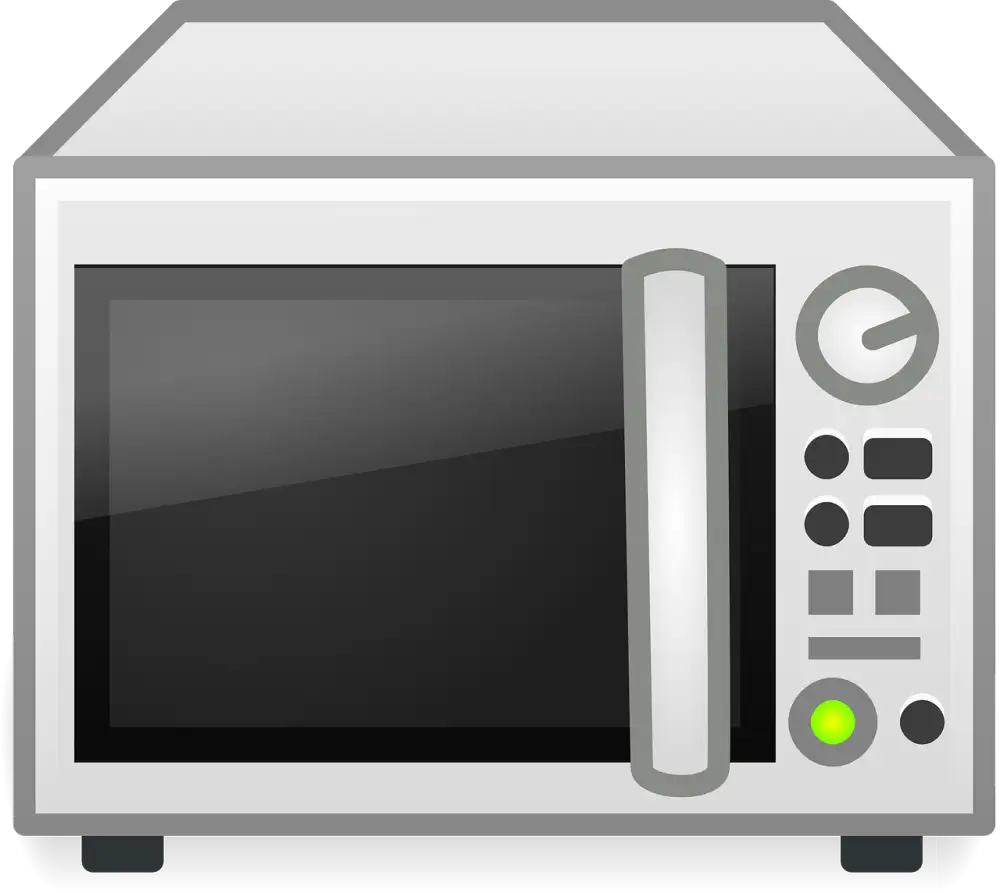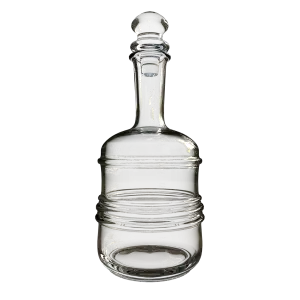Home Kitchen Safety: Can You Safely Microwave Styrofoam? Unveiling the Truth!

- Understanding Styrofoam: What is it made of?
- The Potential Risks of Microwaving Styrofoam
- The Science Behind Microwaving Styrofoam: What happens?
- Expert Opinions: What do professionals say about microwaving Styrofoam?
- Safety Guidelines: How to use Styrofoam in the microwave safely
- Alternatives to Microwaving Styrofoam: Eco-friendly options
Microwaving food has become a convenient way to heat up meals in our fast-paced lives. However, concerns about the safety of microwaving certain materials, such as Styrofoam, have raised questions among consumers. In this article, we delve into the truth behind microwaving Styrofoam and uncover whether it is safe or not. By understanding the science and expert opinions surrounding this topic, we aim to provide you with the knowledge needed to make informed choices for a safe and sustainable home kitchen.
Understanding Styrofoam: What is it made of?
Styrofoam, also known as expanded polystyrene (EPS), is a popular material used for packaging and food containers. It is made from a petroleum-based plastic called polystyrene. The manufacturing process involves expanding tiny beads of polystyrene with the help of steam, which creates the familiar foam structure.
The lightweight and insulating properties of Styrofoam make it ideal for keeping food hot or cold. However, it is important to note that Styrofoam is not biodegradable and can take hundreds of years to break down in the environment. This raises concerns about its impact on our planet's health.
While Styrofoam has been widely used in the food industry, there have been debates about its safety when exposed to high temperatures, such as those found in microwaves. In the next section, we will explore the potential risks associated with microwaving Styrofoam and delve into the science behind it.
The Potential Risks of Microwaving Styrofoam
Microwaving Styrofoam can pose potential risks to your health and safety. When exposed to high temperatures, Styrofoam can release harmful chemicals into your food. One such chemical is styrene, which has been classified as a possible human carcinogen by the International Agency for Research on Cancer.
Furthermore, microwaving Styrofoam can cause it to melt or warp, potentially leading to leakage of toxic substances into your food. This is particularly concerning when heating fatty or oily foods, as they can absorb more chemicals from the melted Styrofoam.
In addition to health risks, microwaving Styrofoam can also result in fire hazards. The material is not designed to withstand high temperatures and may catch fire if overheated.
Therefore, it is crucial to be aware of these potential risks and take necessary precautions when using Styrofoam in the microwave.
The Science Behind Microwaving Styrofoam: What happens?
When you microwave Styrofoam, the heat causes the material to melt. This can release toxic chemicals such as styrene into your food. Styrene is a potential carcinogen and has been linked to various health issues. Additionally, microwaving Styrofoam can also cause the material to break down and leach harmful substances into your food. It's important to understand the science behind this process to make informed choices about using Styrofoam in the microwave.
Expert Opinions: What do professionals say about microwaving Styrofoam?
Experts in the field of food safety and health have varying opinions on the safety of microwaving Styrofoam. The general consensus is that it is not recommended to microwave Styrofoam due to potential health risks. According to the United States Food and Drug Administration (FDA), some chemicals from Styrofoam can leach into food when heated, posing a risk to human health. The World Health Organization (WHO) also advises against microwaving Styrofoam as it may release harmful substances. It is best to err on the side of caution and choose alternative options for heating food in the microwave.
Safety Guidelines: How to use Styrofoam in the microwave safely
To ensure the safe use of Styrofoam in the microwave, follow these guidelines:
1. Check for microwave-safe labels: Look for containers specifically labeled as microwave-safe. These containers are designed to withstand the heat generated by microwaving and will not release harmful chemicals.
2. Avoid high temperatures: Do not expose Styrofoam to high temperatures or extended periods of microwaving. This can cause the material to melt or release toxic substances into your food.
3. Use short time intervals: When microwaving with Styrofoam, use shorter time intervals and check on your food frequently. This prevents overheating and reduces the risk of melting or chemical leaching.
4. Transfer food to a microwave-safe dish: If you're unsure about the safety of your Styrofoam container, transfer the food to a glass or ceramic dish before microwaving. These materials are known to be safe for use in microwaves.
5. Avoid using damaged containers: Discard any Styrofoam containers that are cracked, melted, or damaged in any way. These defects can compromise their ability to withstand heat and may release harmful substances when heated.
By following these safety guidelines, you can minimize potential risks associated with microwaving Styrofoam and ensure a safer cooking experience in your home kitchen.
Alternatives to Microwaving Styrofoam: Eco-friendly options
If you're concerned about the potential risks of microwaving Styrofoam or simply want to adopt a more sustainable approach in your kitchen, there are several eco-friendly alternatives available.
1. Glass containers: Glass is a safe and reusable option for heating food in the microwave. It doesn't release harmful chemicals and can be easily cleaned.
2. Ceramic dishes: Similar to glass, ceramic dishes are microwave-safe and do not pose any health risks. They come in various sizes and designs, making them both practical and aesthetically pleasing.
3. Silicone containers: Made from silicon, these containers are flexible, heat-resistant, and safe for use in the microwave. They are also durable and can be reused multiple times.
4. Stainless steel containers: These containers are another excellent alternative to Styrofoam. They are sturdy, easy to clean, and can withstand high temperatures without releasing any harmful substances.
By opting for these eco-friendly alternatives, you not only ensure the safety of your food but also contribute to reducing waste and promoting sustainability in your home kitchen.
In conclusion, it is important to make informed choices when it comes to using Styrofoam in the microwave. While microwaving Styrofoam can be convenient, it is not without risks. The potential release of harmful chemicals and the possibility of fire hazards should not be taken lightly.
To ensure a safe and sustainable home kitchen, consider using alternative options such as glass or ceramic containers that are labeled as microwave-safe. These materials are not only safer but also more environmentally friendly.
By understanding the science behind microwaving Styrofoam and following safety guidelines provided by experts, we can minimize the risks associated with its use. Let's prioritize our health and the well-being of our planet by making conscious choices in our everyday cooking practices.
Published: 07. 12. 2023
Category: Home



